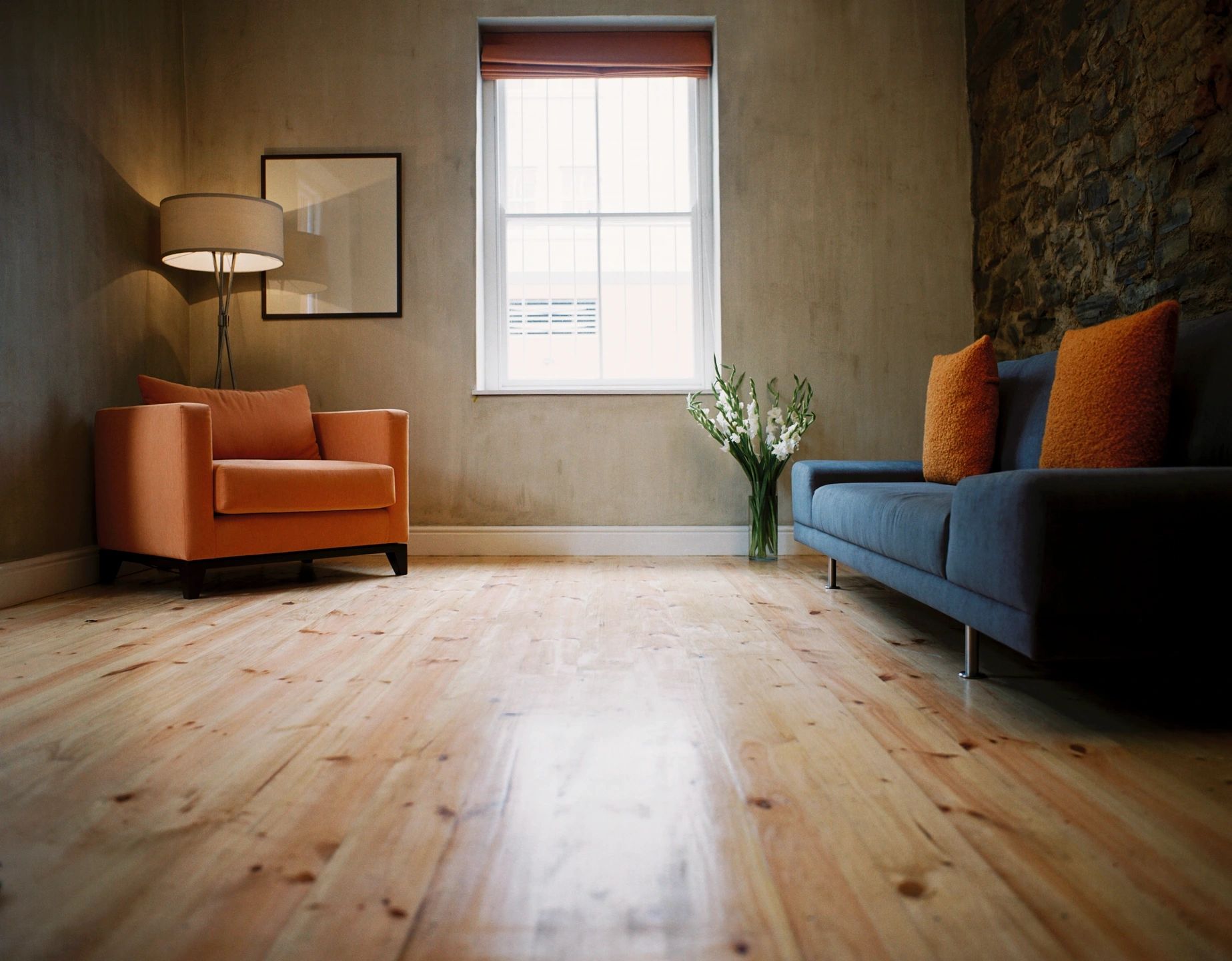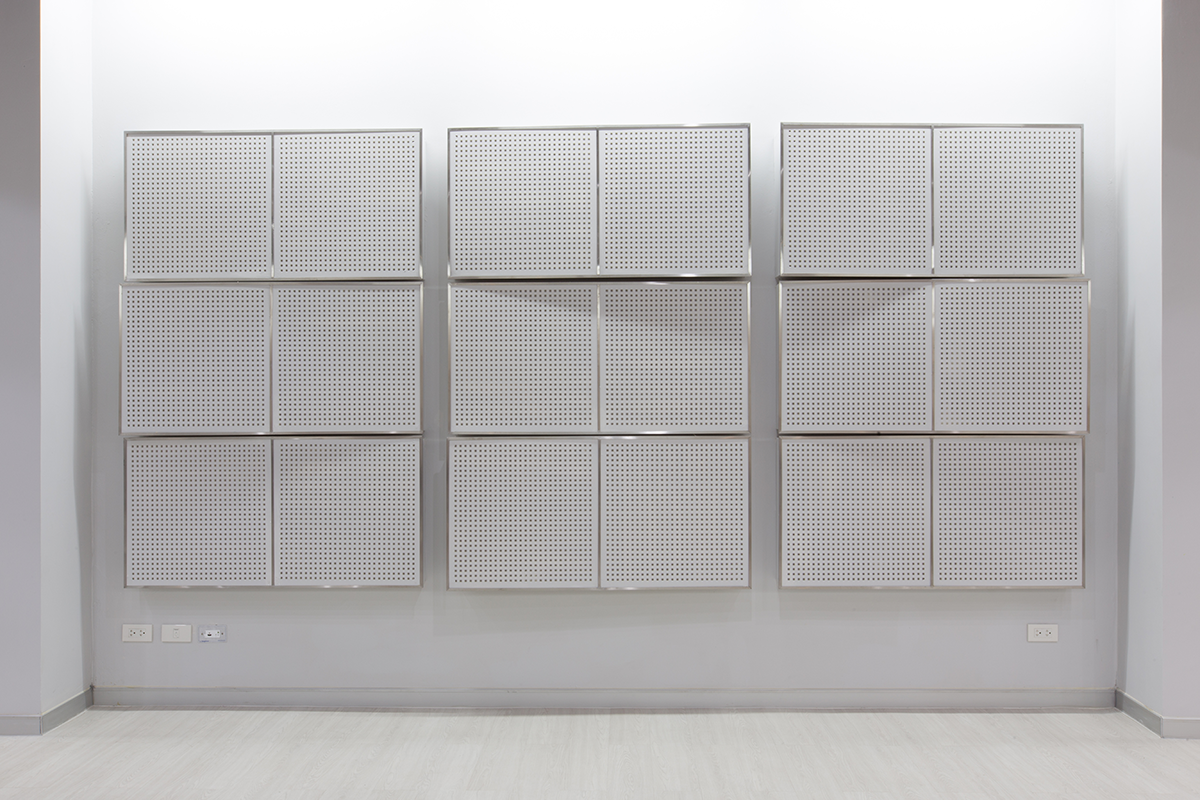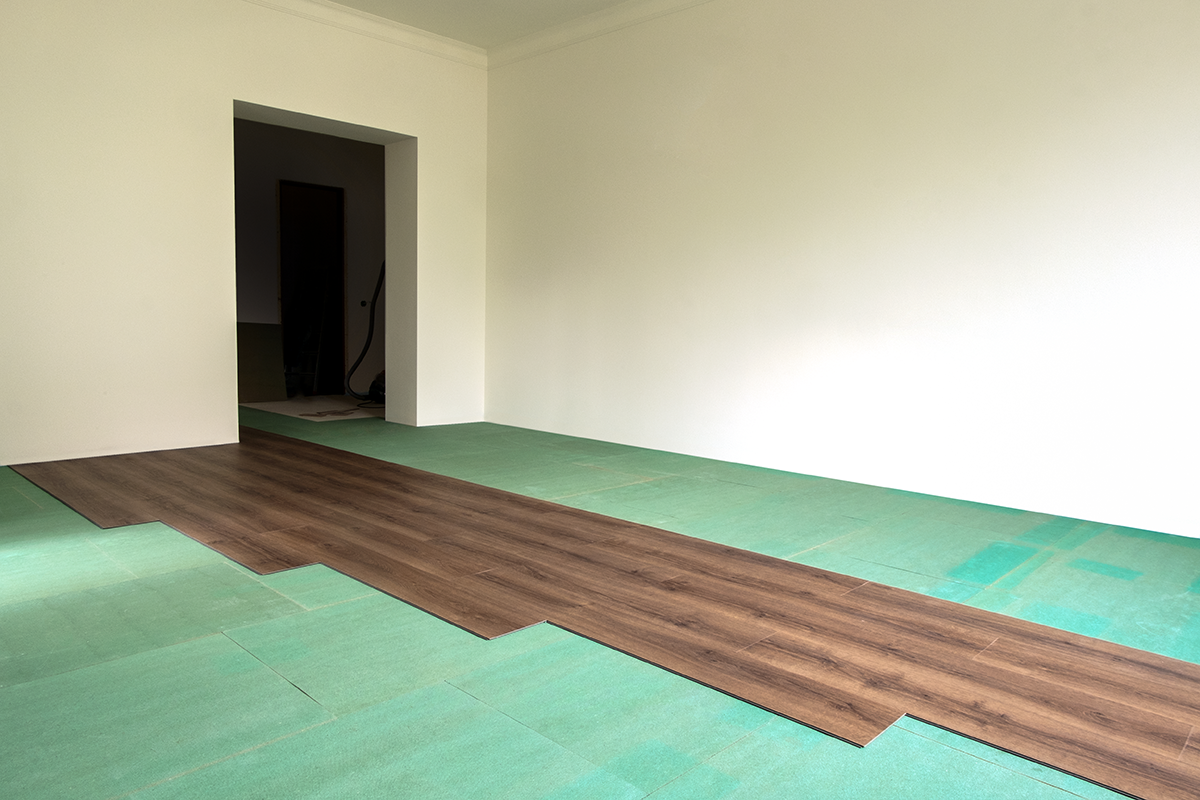A Minimalist’s Guide to Floor Sound Proofing, Impact Insulation Class, and Frequency Metrics in Mid-Century Architecture
The unmistakable elegance of mid-century apartments often faces an acoustic nemesis—poor sound insulation. These iconic buildings, though aesthetically pleasing, tend to lack in terms of soundproofing materials, making floor sound proofing an absolute necessity for those in pursuit of a quieter life.
Why Floor Sound Proofing Matters: A Closer Look at Acoustics in Mid-Century Design
While mid-century architecture thrives on minimalist design and open spaces, these features unfortunately make it easier for sound to travel. Floor noise reduction in such settings not only minimizes airborne noise but also tackles structure-borne sound—vibrations that travel through the building materials themselves.
Spring Isolation Systems: The Mechanics of Minimized Vibration
Spring isolation systems are crucial in floor sound proofing applications where reducing impact noise is a priority. These systems act like acoustic shock absorbers, decreasing vibrations generated from footsteps or moving furniture, and can be a key component in raising the Impact Insulation Class (IIC) rating of a floor.
Floating Floors and Their Role in Enhancing IIC Ratings
A floating floor, generally comprised of a layer of mass-loaded vinyl (MLV) or engineered wood, creates an air gap that serves as an additional acoustic barrier. This method can significantly improve the IIC rating of a floor, making it a valuable technique in floor sound proofing strategies for mid-century homes.
Joist Tape and Floor Sound Proofing: A Detail-Oriented Approach
The use of joist tape—a self-adhesive tape applied to the top of floor joists—can add another layer to the IIC rating of a floor. By dampening vibrations and reducing secondary noises like creaking, joist tape complements other floor sound proofing methods and contributes to a higher overall IIC rating.
IIC and Frequency Range: The Metrics of Floor Soundproofing
Impact Insulation Class (IIC) is a measure used to gauge the effectiveness of floor sound proofing. It operates on a frequency range typically between 100 Hz and 3150 Hz, the common spectrum for human activity noise such as walking or moving furniture. A higher IIC rating indicates better floor sound proofing, and with today’s advanced technology, it’s possible to measure these metrics precisely.
The Role of Frequency Range in Floor Soundproofing
Different frequencies of sound react differently to various sound proofing measures. For example, lower frequencies (100-800 Hz) might be effectively dampened by a spring isolation systems, while higher frequencies (800-3150 Hz) may require alternative strategies like floating floor. By understanding the frequency range, homeowners can make more informed decisions about their floor sound proofing needs.
Minimizing Impact Vibrations: The Fine Tuning of the Floor
Beyond major structural solutions, fine-tuning efforts like strategically placing rugs and mats can lower the IIC measure of impact noise. This is particularly effective in addressing higher frequencies, which are more likely to be generated by specific kinds of movement or activities.
Conclusion: Uniting Floor Soundproofing, Aesthetics, and Science
For mid-century apartment dwellers, floor soundproofing doesn’t mean compromising on style. With a meticulous approach that takes into account IIC ratings and frequency ranges, homeowners can achieve acoustic serenity without sacrificing aesthetic value. By combining various techniques—from spring isolation systems to detailed frequency range analysis—floor soundproofing in mid-century homes can transform an echoing chamber into an oasis of calm.




